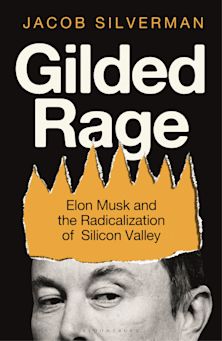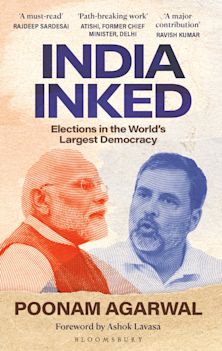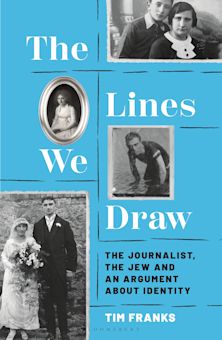- Home
- NON-FICTION
- Politics, Current Affairs & Culture
- Revolutions in Communication
Revolutions in Communication
Media History from Gutenberg to the Digital Age
- Textbook
Revolutions in Communication
Media History from Gutenberg to the Digital Age
- Textbook
You must sign in to add this item to your wishlist. Please sign in or create an account
Description
The rise of the Information Age, the fall of the traditional media, and the bewildering explosion of personal information services are all connected to the historical chain of communications' revolutions. We need to understand these revolutions because they influence our present and future as much as any other trend in history. And we need to understand them not simply on a national basis - an unstable foundation for history in any event - but rather as part of the emergent global communications network.
Unlike most of the current texts in the field, Revolutions in Communication is an up-to-date resource, expanding upon contemporary scholarship. It provides students and teachers with detailed sidebars about key figures, technical innovations, global trends, and social movements, as well as supplemental reading materials, and a fully supportive companion website. Revolutions in Communication is an authoritative introduction to the history of all branches of media.
Table of Contents
Introduction to Revolutions in Communication
Section I - The Printing Revolution: An Introduction
Chapter 1: The Printing Revolution: 1455 to 1814
Chapter 2: The Commercial and Industrial Media Revolution: 1814 to 1900
Chapter 3: Print Media in the 20th and 21st Centuries
Section II - The Visual Revolution
Chapter 4: Photography: Giving Vision to History
Chapter 5: Motion Pictures, Dream Factories and Popcorn Palaces
Chapter 6: Advertising, Public Relations and the Crafted Image
Section III - Electronic Revolution: From 'National Neighborhoods' to the Global Village
Chapter 7: The First Electronic Revolution: Telegraph and Telephone
Chapter 8: Radio: The Electronic Hearth
Chapter 9: Television: A New Window on the World
Section IV - The Digital Revolution: Traditional Media and the Curves in the Road
Chapter 10: The Advent of Computers
Chapter 11: Networks
Chapter 12: Global Digital Media Culture
Bibliography
Index
Product details
| Published | 03 Nov 2014 |
|---|---|
| Format | Hardback |
| Edition | 1st |
| Extent | 384 |
| ISBN | 9789384052898 |
| Imprint | Bloomsbury Academic India |
| Illustrations | 80 |
| Dimensions | Not specified |
| Publisher | Bloomsbury Publishing India Pvt. Ltd |
About the contributors
Reviews
-
Revolutions in Communication: Media History from Gutenberg to the Digital Age offers a new approach to media history, presenting an encyclopedic look at the way technological change has linked social and ideological communities. Based on exhaustive scholarship, it narrates the story of revolutions in printing, electronic communication and digital information, while drawing parallels between the past and present. A stunning work of research, it conveys intellectual excitement and stimulates creative thinking about the social construction of communication. --Maurine H. Beasley, Professor Emerita of Journalism, Philip Merrill College of Journalism, University of Maryland College Park
-
I could almost imagine myself standing next to William Caxton as the newly inked printed pages of the Canterbury Tales began to accumulate on the table next to his printing machine. Bill Kovarik's latest work on the history of the media has brought together under one academic roof the role of technology and how it has shaped our way of life and our world. He deseves full credit for the way his words take on both colour and a sense of adventure. This work belongs on the book shelves of any university or college program in which the study of technology and its companion media has a central focus. Let it be said that Kovarik's readers will never suffer a dull moment in this beautifully tailored work as he walks through some of the most important history of the age from the Ipad to the cell phone to the Internet. -- David R. Spencer, Professor, Faculty of Information and Media Studies First Faculty Alumni Rogers Chair 2003-2005
-
Kovarik has the most complete understanding of media technology among journalism historians working today. It is a very interesting and useful work. -- Mark Neuzil, Professor, Department of Communication and Journalism, University of St. Thomas
-
As an historian of both technology and the media, Bill Kovarik has made a unique contribution to our understanding of communication history. He explains how the print, visual, electronic, and digital technological revolutions have shaped communication. Equally important, he shows that that new technologies have been invented to overcome the limitations of existing media. This is fascinating reading, both for communication scholars and historians.-- James E. Grunig, Professor Emeritus, Department of Communication, University of Maryland



































